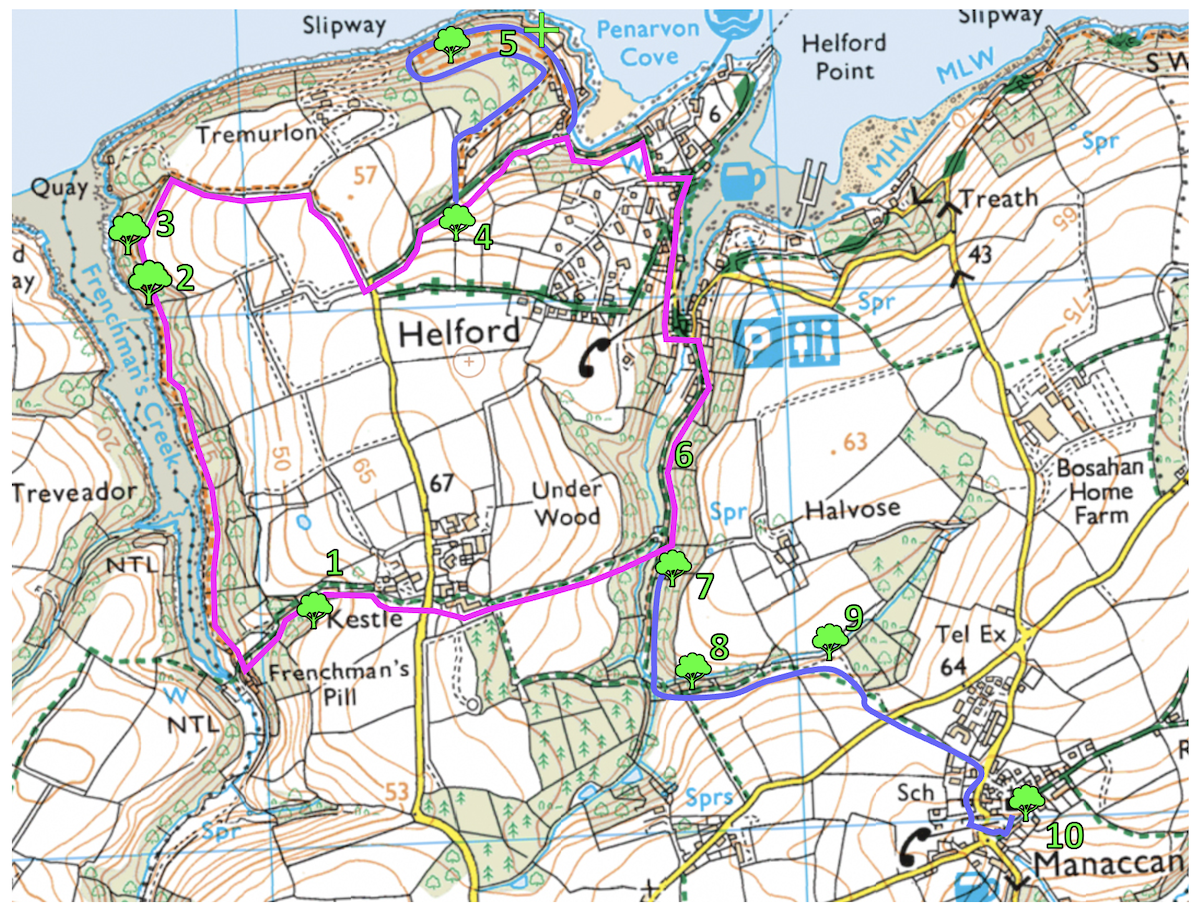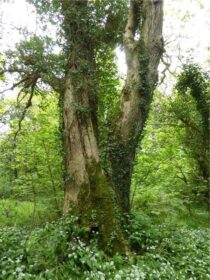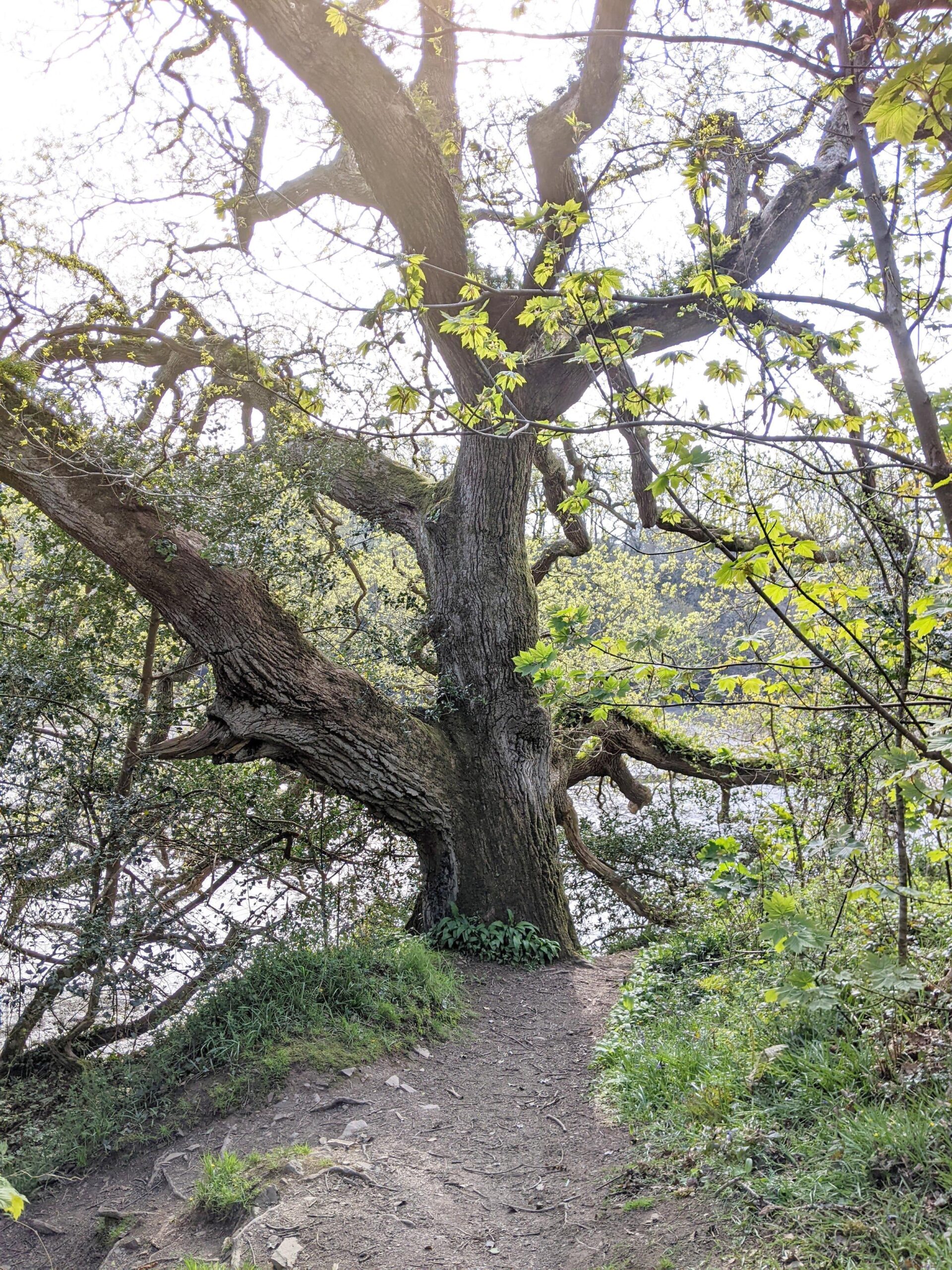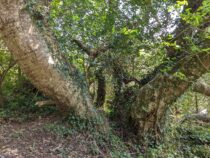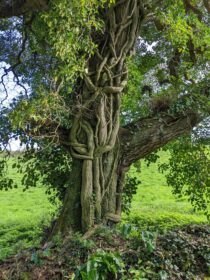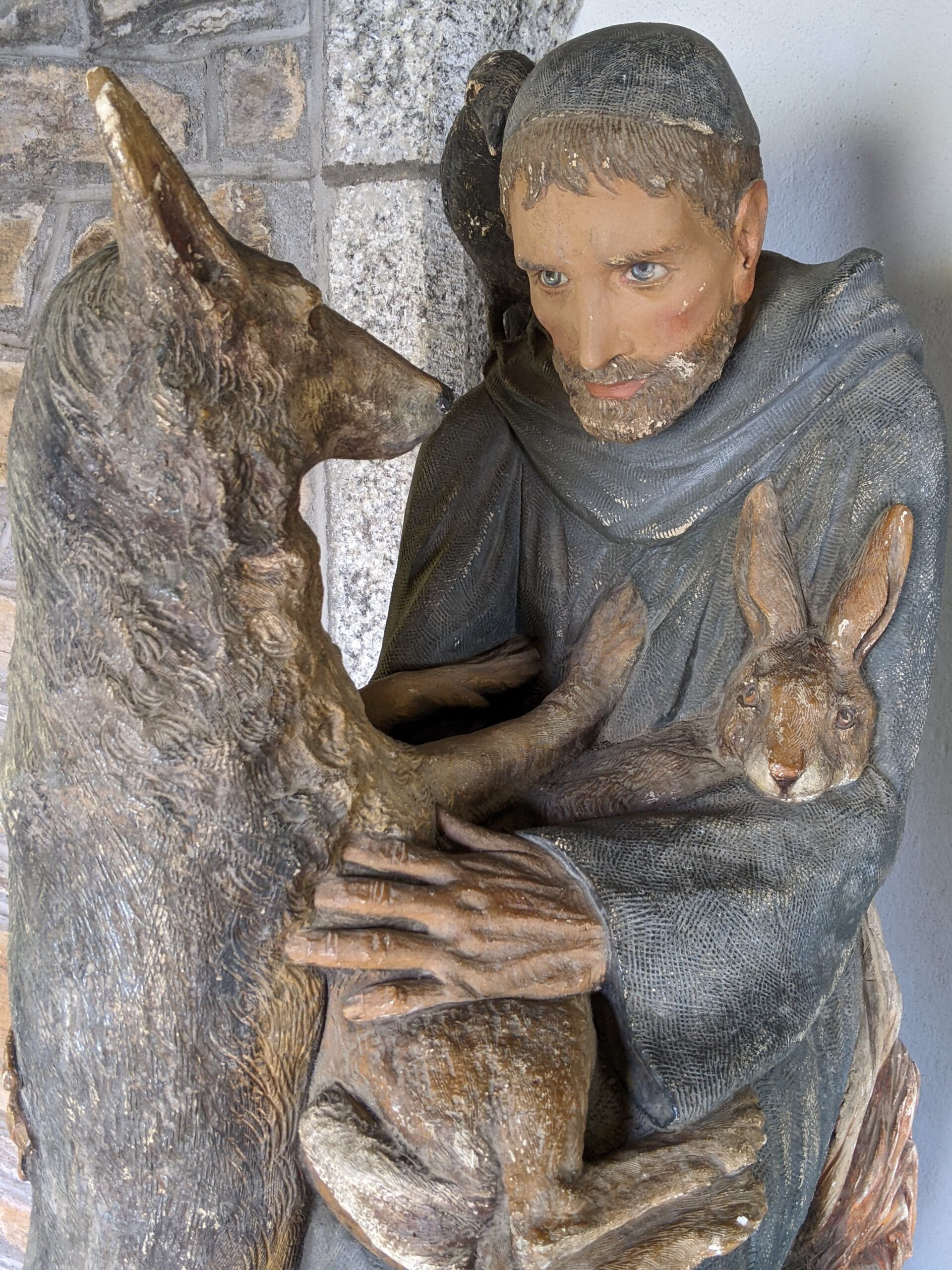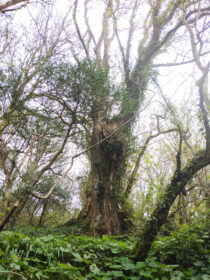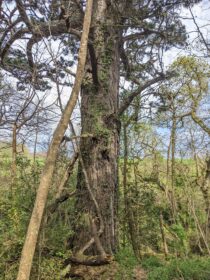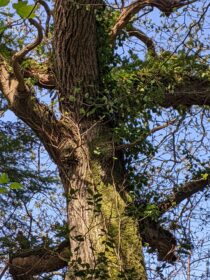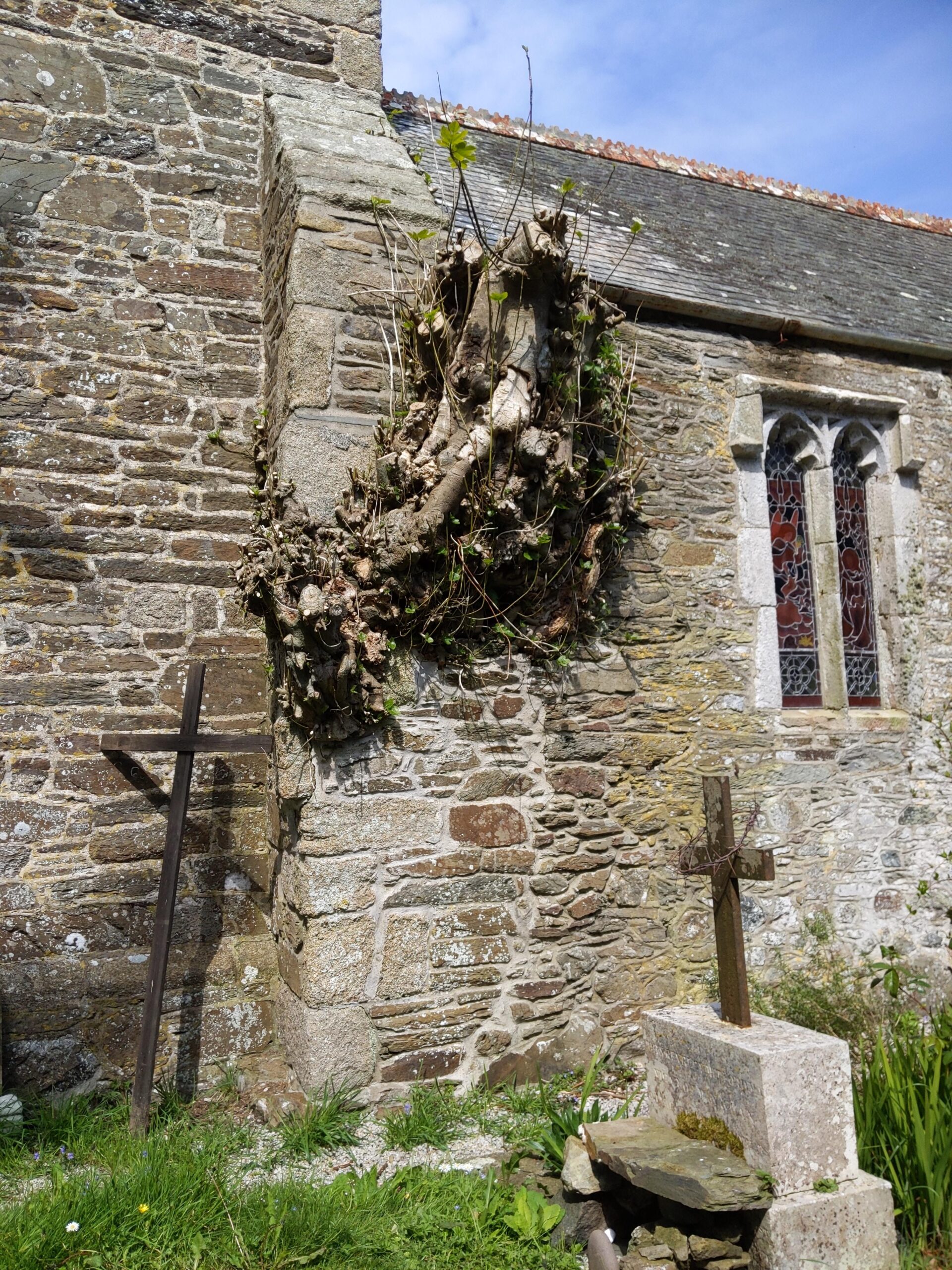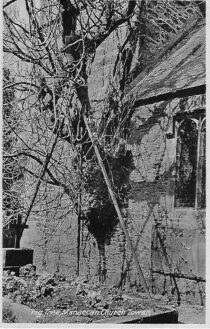Tim Kellett: Kestle Barton Tree and Woodland Walk
Tim Kellett is Chair of Cornwall Ancient Tree Forum. On Saturday 25 June 2022, as part of our Opening Weekend of the Gustav Metzger: Earth Minus Environment exhibition, he will be talking about the ecologies, cultural significance and wildlife of old and special trees. He has also researched and produced a self-guided tree and woodland walk starting from Kestle Barton for visitors who want to test their new knowledge!
In Tim Kellett’s talk, you will learn the difference between ancient, veteran, notable and champion trees and the critical role they play in preserving biodiversity. You will discover what they can tell us about the landscape and how it was used in the past and how current practices may be threatening them.
Tim Kellett’s talk is part of a series of 3 x talks on trees on Saturday 25 June from 11am – 2:30pm
The whole series is £5, please contact the gallery to book a place
